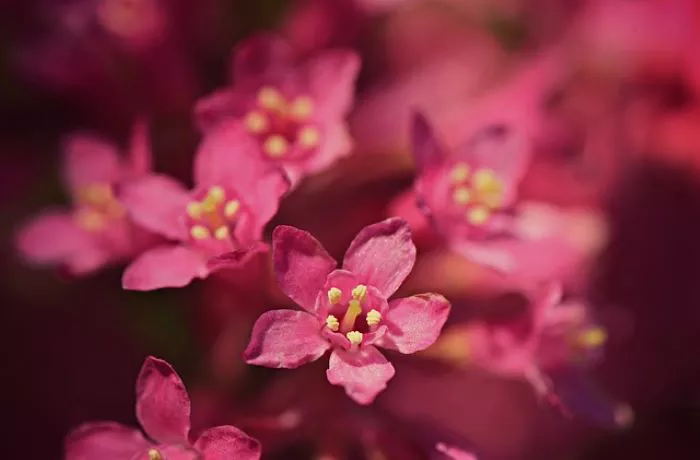Fresh flowers bring beauty and life into our homes. However, keeping them fresh for an extended period can be a challenge. The water in the vase plays a crucial role in maintaining the health of cut flowers. Various substances can be added to vase water to help prolong the life of flowers. Understanding these options can help you enjoy your floral arrangements for longer.
Importance of Proper Care for Cut Flowers
Cut flowers are living organisms that require care to stay fresh. Once flowers are cut from their source, they lose their ability to absorb nutrients and water through their roots. This makes it essential to provide them with the right environment to maintain their vitality. Proper care includes using clean water, changing it regularly, and adding substances that can help nourish the flowers.
Basic Principles for Keeping Flowers Fresh
Before discussing specific additives for vase water, it is important to understand some basic principles for keeping flowers fresh. First, always start with clean water. Bacteria can quickly multiply in stagnant water, leading to the premature wilting of flowers. Use a clean vase and consider rinsing it with a mild bleach solution to eliminate any lingering bacteria.
Second, trim the stems of the flowers before placing them in the vase. Cutting the stems at an angle increases the surface area for water absorption. It also prevents the cut ends from sitting flat on the bottom of the vase, which can block water uptake.
Finally, keep the flowers in a cool area away from direct sunlight and heat sources. This helps reduce the stress on the flowers and slows down the wilting process.
Common Additives for Vase Water
Several substances can be added to vase water to help keep flowers fresh. These additives provide nutrients, inhibit bacterial growth, or help maintain the pH balance of the water. Here are some of the most effective options.
Flower Food: Most commercial flower arrangements come with a packet of flower food. This food typically contains a mix of sugar, acidifiers, and biocides. The sugar provides energy for the flowers, while the acidifiers help lower the pH of the water, making it easier for the flowers to absorb nutrients. The biocides inhibit bacterial growth, keeping the water clean. Using commercial flower food is one of the easiest ways to extend the life of cut flowers.
Sugar: If you do not have access to commercial flower food, you can use sugar as a substitute. Sugar provides energy to the flowers, helping them stay fresh longer. A common recommendation is to mix about one tablespoon of sugar per quart of water. However, be cautious not to add too much sugar, as it can promote bacterial growth if not balanced with other substances.
Vinegar: White vinegar can be an effective additive for vase water. It acts as an acidifier, helping to lower the pH of the water, which aids in nutrient absorption. Additionally, vinegar has antibacterial properties that can help keep the water clean. A mixture of one tablespoon of vinegar and one tablespoon of sugar per quart of water is often suggested.
Lemon Juice: Like vinegar, lemon juice can help lower the pH of the water and provide some acidity. It also contains natural sugars that can nourish the flowers. A tablespoon of lemon juice mixed with a tablespoon of sugar in a quart of water can be beneficial for extending the life of cut flowers.
Aspirin: Some people recommend adding crushed aspirin to vase water. Aspirin contains salicylic acid, which may help reduce the production of ethylene gas, a natural plant hormone that promotes aging and wilting in flowers. A half tablet of crushed aspirin in a quart of water can be an interesting experiment for keeping your flowers fresh.
Bleach: A small amount of bleach can help prevent bacterial growth in vase water. However, it is crucial to use it sparingly. A common recommendation is to add about one-quarter teaspoon of bleach per quart of water. This method should be used with caution, as too much bleach can harm the flowers.
Other Tips for Maintaining Freshness
In addition to using additives, there are other practices that can help maintain the freshness of cut flowers. Regularly changing the water in the vase is essential. It is best to change the water every two to three days to prevent bacterial growth and ensure the flowers have access to fresh water.
When changing the water, re-trim the stems of the flowers. This allows for better water absorption and helps remove any blocked ends. Additionally, remove any wilted or dead leaves and flowers from the arrangement. Decaying plant matter can contribute to bacterial growth and spoil the water.
Consider the type of flowers you are using. Some flowers have specific care requirements. For example, woody stems like roses may benefit from being crushed at the bottom to enhance water uptake. Others, like tulips, are sensitive to ethylene gas, which can be emitted by ripening fruits. Keeping flowers away from fruits and vegetables can help them last longer.
Conclusion
Keeping cut flowers fresh involves more than just placing them in water. By understanding the importance of clean water and the right additives, you can significantly extend the life of your floral arrangements. Flower food, sugar, vinegar, lemon juice, aspirin, and even a small amount of bleach can all contribute to the longevity of cut flowers.
In addition to using these additives, regular care practices such as changing the water and re-trimming stems are essential. By following these guidelines, you can enjoy the beauty of fresh flowers in your home for an extended period. Whether for a special occasion or simply to brighten your space, taking the time to care for your flowers will yield beautiful results.


